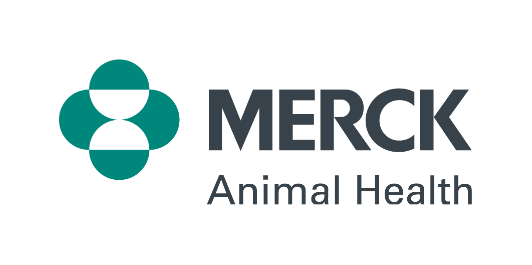When Diseases Cross Borders
Around the world, farmers depend on their animals to provide food, milk and a source of income, but when disease threatens a herd or flock, the health and welfare of humans are in danger too.
Animal health experts are always tracking new and emerging diseases to protect humans and animals. “We also monitor diseases that cross borders, or trans-boundary diseases,” says Dr. Alasdair King, Director, Intergovernmental Veterinary Health, Merck Animal Health. “The goal is to stay ahead of these diseases and stop their spread throughout regions.”
The outbreak of lumpy skin disease in cattle is an increasing concern. First identified in the 1920s in the south of Africa, it is transmitted by mosquitoes and probably other insects such as ticks. Lumps develop on the cow’s skin, sometimes covering the entire body, and even inside the mouth and trachea.
Lumpy skin disease is widespread in Africa and the Middle East. Two years ago, it surfaced in Greece and then moved to the Balkans. In fact, during the last 10 years, the disease has gradually moved farther northward, extending its range a distance of more than 1,800 miles. In South Africa, vaccines have been successful in helping to curb the disease, so when the new threat was recognized, Merck Animal Health worked quickly with local governments to implement vaccination programs to stop the spread. “Now, it looks like southern Europe may be the next region in greatest threat, and we are working with those governments to establish vaccination programs,” says Dr. King.
Why Do Diseases Cross Boundaries?
“One possible factor is that global warming could be allowing certain types of flies that carry specific diseases into new regions, and their viruses travel with them,” says Dr. King.
Another factor is the increasing relocation of people and animals around the world. Political and social instability, along with conflict, can lead to mass movement of populations. When people move in search of better opportunities, they may take infected animals with them, allowing diseases to enter new regions.
For example, experts have tracked foot-and-mouth disease for decades. The highly contagious viral disease attacks cattle, sheep and goats. “The disease follows the trade route, and when those routes change direction, the disease does too,” says Dr. King.
Disease Threats Across Regions
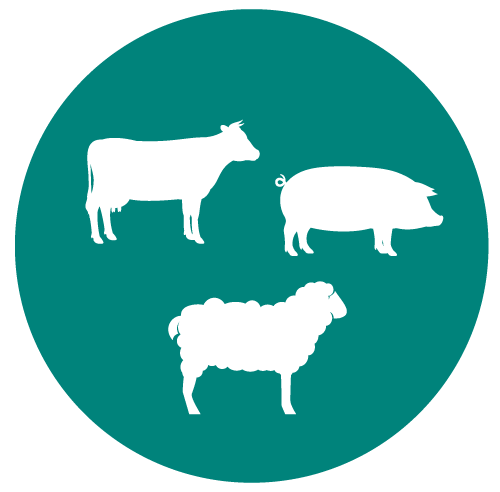
FOOT-AND-MOUTH DISEASE
Affects cattle, sheep, goats and swine
Transmission: direct contact with infected animal or indirect contact with infected troughs, vehicles, etc.; also spread through meat and livestock products
Symptoms: fever, weight loss, decreased milk production, mouth frothing, death
Where it is now: Africa, Asia, Middle East
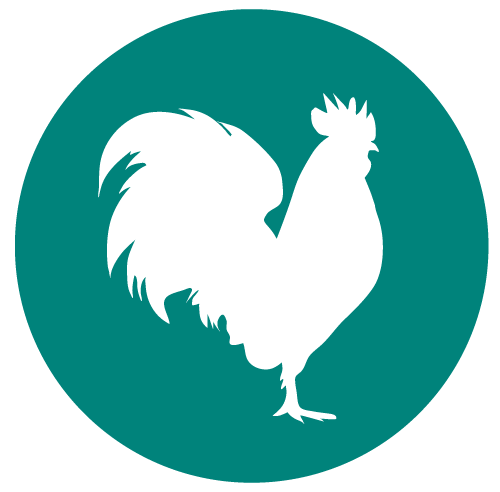
AVIAN INFLUENZA
Affects birds and people
Transmission: contact with secretions/feces from infected birds
Symptoms in birds: lack of energy, appetite, drop in egg production, diarrhea, death
Where it is now: worldwide, with increasing numbers of outbreaks in the last two years
Impact: Since 2016, 29% of countries have reported highly pathogenic avian influenza in poultry*
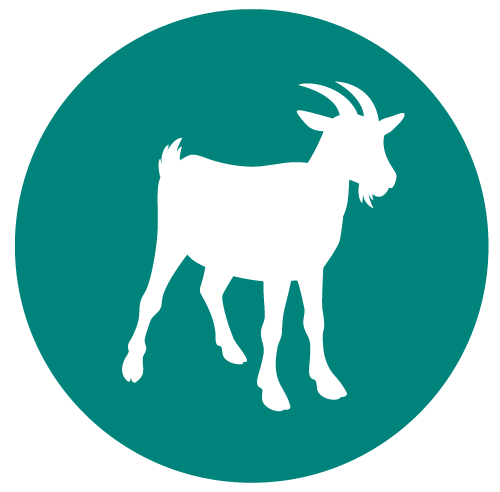
PESTE DES PETITS RUMINANTS (PPR), AKA, GOAT PLAGUE
Affects goats, sheep, other small ruminants
Transmission: animal-to-animal contact with coughing, sneezing from infected ruminant
Symptoms: fever, loss of appetite, mouth sores, diarrhea, pneumonia
Where it is now: Africa, Asia, Middle East; since 2016, reported in Georgia and Mongolia for the first time, indicating continuing spread
Impact: In Mongolia alone, PPR has killed more than 3,000 wild Mongolian Saiga antelope, a critically endangered species*
*World Organization for Animal Health (OIE), 85th General Session, 2017
How Can Farmers Curb Outbreaks?
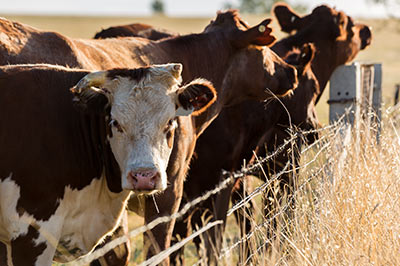
Vaccination is a key tool. “Vaccines are proven effective in prevention and spreading of disease, but some viruses can quickly emerge as different variants and escape the immunity that has been built up,” says Ruud Segers, Executive Director, Clinical Research, Merck Animal Health. “In Research and Development, we are actively testing several next-generation technologies to be able to quickly adapt vaccines to emerging viruses. We are making these vaccines in such a way that they do not interfere with the routine surveillance protocols on farms. This allows for the appropriate identification and quarantine of infected animals in a vaccinated herd. For example, we have developed needle-free vaccination equipment that can be safely used in infected herds without the risk of spreading harmful pathogens from animal-to-animal. Through these and many other efforts, we are providing important tools to prevent and combat these diseases.”
Biosecurity plays an important role as well. Farmers can implement rules and processes that prevent and control infectious diseases, such as disinfecting trailers before transporting cattle and following procedures for introducing new chickens to a flock. Merck Animal Health partners with academia and governments to develop educational materials that help farmers establish biosecurity measures that protect animal and human health.
The Human Fallout of Animal Disease
When animals get sick, human health and welfare suffer too:
Animals stop producing milk and meat.
Individuals become malnourished, leading to human health issues, which families may not have the money to treat.
Diseases cause animals to lose their young, eliminating the next generation of the herd or flock.
Trade stops because countries are afraid to do business with farmers in a particular region.
People have to do the draft work that would be done by the animals.
Families and regions face extreme poverty.
Animal diseases can devastate farmers and entire countries. In fact, these diseases are recognized as a major reason why farmers and smallholders are unable to escape poverty in third world countries. Controlling disease allows animal owners to improve their health and livelihoods. Merck Animal Health works to prevent diseases and stop their spread on the farm, outside countries and across continents. “A disease outbreak can cripple the majority of a herd or flock and lead to extreme poverty for countries where farmers depend on their animals for income,” says Dr. King. “Human health and animal health are completely linked. It’s a fact we cannot ignore.”
